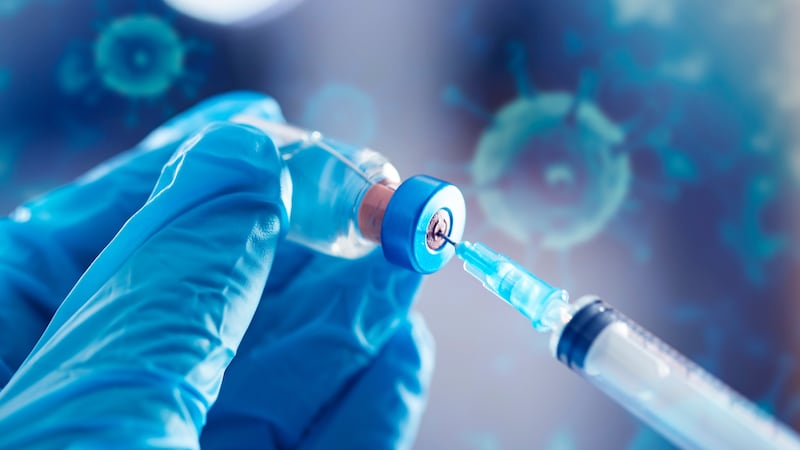Washington State University and Mayo Clinic researchers have created an experimental catheter hub that uses electric current to continuously generate disinfectant—an innovation they hope will help prevent deadly hospital-acquired bloodstream infections.
The new device, called an e-catheter hub, uses a low dose of hypochlorous acid to kill bacteria at the hub of a central line, which is a common source of infection.
Researchers reported their findings in the journal Biotechnology and Bioengineering, showing the hub successfully killed a strain of bacteria known for causing bloodstream infections and resisting antibiotics.
Central line-associated bloodstream infections (CLABSIs) account for about 20% of all hospital-related bloodstream infections and are a major cause of death in patients with long-term catheter use.
These infections can lead to sepsis, which remains a leading cause of hospital mortality in North America and Europe.
“During COVID-19, CLABSI rates rose by more than 50% and CLABSIs were a significant contributor to increased mortality,” said Dr. Haluk Beyenal, professor in WSU’s Gene and Linda Voiland School of Chemical Engineering and Bioengineering and corresponding author on the study.
To create the device, researchers used 3D printing to build the catheter hub and inserted wearable, battery-powered electronics that control gold or titanium electrodes.
When a small electric current is applied, the system converts saline in the catheter to hypochlorous acid—a disinfectant also produced naturally by the human immune system.
“We needed to generate a low concentration without generating toxicity but eradicate pathogens,” Beyenal said.
Hypochlorous acid is already widely used in cleaning products and hand sanitizers.
Unlike typical disinfectant applications that occur in a single dose, the e-catheter hub produces it continuously, reducing opportunities for bacteria to build up between uses.
Lead author Majid Al-Qurahi, a graduate student at WSU, said the team tested the device against a strain of bacteria known for antibiotic resistance and its ability to survive on hospital equipment.
“We chose that type of bacteria because of its resistance to multiple antibiotics, its widespread presence in central venous catheters, and its ability to persist on hospital surfaces and equipment for extended periods,” Al-Qurahi said.
Initial results showed that gold electrodes were more effective than titanium in maintaining a steady production of hypochlorous acid and controlling bacterial growth.
Next, the team plans to test the e-catheter hub in animal models, explore its effects on other bacterial strains, and determine the highest safe disinfectant levels it can produce.
“The catheter is like a direct gateway to the bloodstream, so we need to make sure everything is safe,” Al-Qurahi added.
The project was funded by the National Institute of Allergy and Infectious Diseases, part of the National Institutes of Health.
©2025 Cox Media Group






